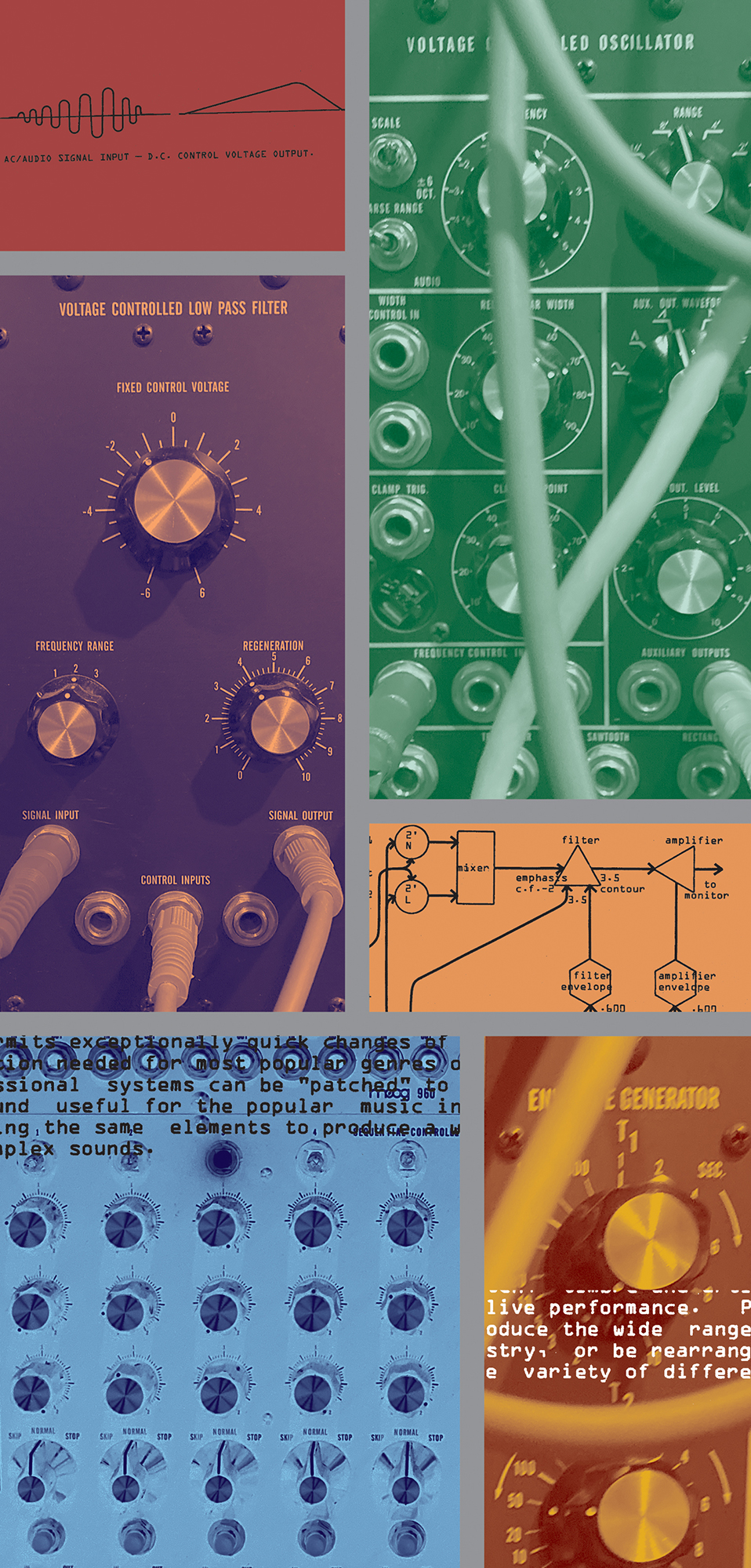I've had the opportunity not only to sing and play into many sought-after microphones, but I've also been able to use even more mics on artists and instrumentalists as a producer and engineer. I recall the first time I ever performed into a vintage Telefunken ELA M 251E. I was young and didn't really "get" what I was about to sing into. My first thought was that the microphone was utterly unattractive, with its creamy greenish color. My perceptions immediately changed when I heard myself back in my headphones. Singing felt effortless, and my vocals immediately sounded like a record.
This review, however, is all about the new Monheim Royalty tube condenser microphone, which is visually a vast departure from common brushed nickel or black microphones. Andrew Monheim has purposefully designed the exterior of this mic to pay homage to Prince – "The Purple One" – so the all-brass microphone body has been custom painted (in collaboration with one of Snoop Dogg's auto body painters), and its multi-layer custom purple with gold sparkle changes brilliance depending on the light. Adding in a 24-karat gold-plated grill housing and bottom bell, I have never seen any microphone that is quite as visually dazzling! Even the shock mount is coated with the same purple and gold sparkles as the microphone body.
While the sonic reference gives a nod to the classic Neumann U 67, Monheim's Royalty features a K67-style capsule tuned to their specifications, enhancing the low end compared to traditional K67s, resulting in a richer sound. When the high-pass switch is engaged, it puts the vocal or instrument performance on top of the mix without sounding thin. Like the U 67, the Royalty also runs on an EF86 vacuum tube.
The microphone employs a special grill lining, designed to function as an acoustically transparent internal pop filter. A "proprietary metal fiber" lines the grill, and while it is not going to stop excessively heavy plosives or spit, it allows for a clear top end. The switches on the mic body give a nod to the U 67, including a pad and high-pass filter on the rear, and polar pattern selection (cardioid, omnidirectional, and figure-eight) on the front. The microphone, gold anodized power supply, shock mount, and all cabling are shipped in a huge, robust black Pelican-style case.
I used the Royalty on male and female vocalists (with and without a pop filter), on acoustic guitar, and as a mono drum overhead. On the male vocalist, there was a lovely, silky top-end with very clear midrange. Even with the Royalty's bottom end, there was never any boominess – with or without the high-pass engaged. I have always liked U 67s on female vocals, so I was glad that the Royalty performed incredibly well in that regard. Regardless of whether the female was using her lower register or falsetto, the warm bottom end was a perfect complement to the slight airiness of the microphone. While the Royalty was never brittle, I did notice a few moments when the microphone broke up slightly. Backing her off the mic a few inches solved the issue and didn't audibly change the mic's tone. I did need to do a bit more de-essing on the female vocalist, but I feel this is typically required at mix regardless of what microphone is being used.
A 67-style mic wouldn't be my first choice on acoustic guitar, but being that Monheim touts the Royalty as optimal in this application I gave it a go. With the high-pass switch enabled, the microphone performed really well – especially on an acoustic guitar and vocal track. It captured the lower strings with detail and presented the top end with a bit of lift that required very minimal EQ'ing. For denser tracks, I would EQ the mic's natural roll-off a bit higher to sit in a good place within the pop track I was working on. While I had only one Royalty to use as a drum overhead, its mono track sounded extremely good! The sonic roundness of the microphone allowed the cymbals to really be present while never sounding harsh.
The only real issue I had with the Royalty was that I wish that the included purple shock mount was a bit more robust. Being that the mic carries a good bit of weight, I found that I really had to crank down the pivot point – and I never like to over-tighten screws for fear of stripping. But the Royalty is an excellent microphone that captures the spirit of a U 67 with a character all its own. I really enjoyed the mic as a drum overhead, on acoustic guitar, and on the male vocalist. Could this be a single mic solution for all your (mono) tracking needs? It could indeed.




_disp_horizontal_bw.jpg)